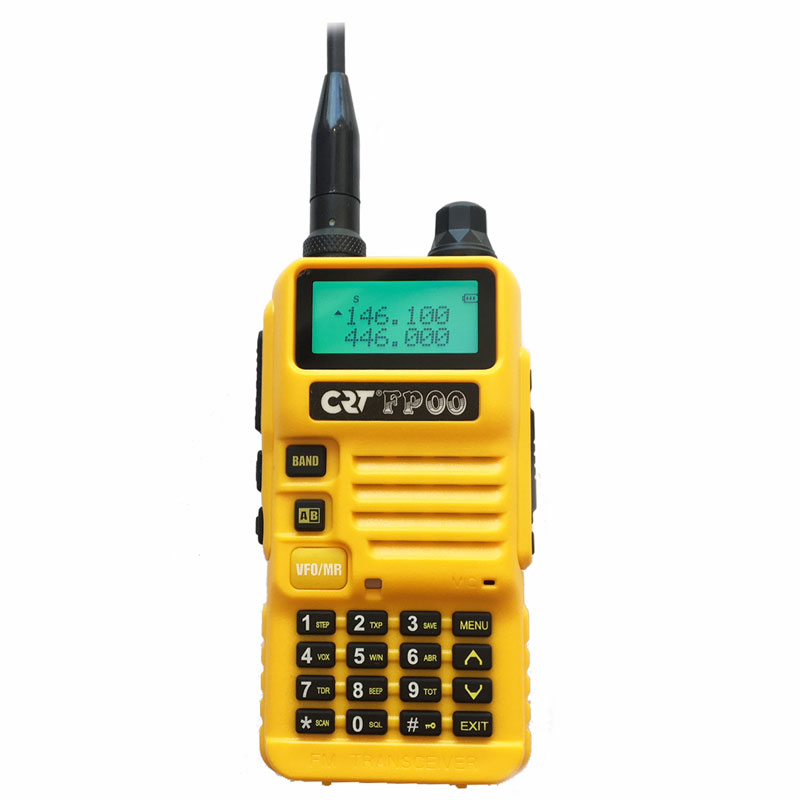Mistake: Taking off without inspecting each component of your gear or neglecting a pre-flight check.
-
Pre-flight: Thoroughly inspect your wing, lines, harness, and carabiners before every flight. Check for tears, knots in the lines, and ensure your reserve parachute is properly stowed.
-
Routine: Develop a systematic checklist to never miss anything (helmet, reserve, harness buckles, brake loops, harness straps).

Mistake: Neglecting takeoff technique and assuming it’s mastered after initial training.
-
Ground Practice: Regularly return to the training hill until controlling the wing feels like second nature, like driving a car. Forward inflation practice can become a standalone activity, just like flying—it’s fun and useful!
-
Trick: If your takeoff site allows, occasionally practice inflation there to demystify the process, familiarize yourself with the location, and ensure a calmer flight.
Mistake: Flying without a solid understanding of current weather conditions.
-
Weather Education: Learn to interpret weather forecasts, clouds, and thermal conditions. Flying in thermals too early often leads to confusion, inaction in piloting, and sometimes accidents. This is why many pilots quit after a few solo flights.
-
Observation: Always watch other pilots before flying, noting their wing movements and whether the sky is already filled with cumulus clouds.
Mistake: Engaging thermals too early in your progression.
-
Learn Thermals: Understand what thermals are, how to spot them (cumulus, birds, other pilots, etc.), and how to use or avoid them (until you’re fully confident in landing, flying straight, and turning smoothly).
-
Caution: Avoid strong thermals without experience; start with gentler conditions, like evening restitution flights.
Mistake: Poorly executed landing approaches.
-
Approach: Work on your landing approach. Be aware of your altitude and wind direction. PTU or PTS (standard landing patterns) are essential for EVERY flight, from beginner to expert.
-
Practice: Log many flights in calm air to hone your landings. Rigorous school training (like the Markstein Flight School) will help you progress safely.
Mistake: Taking unnecessary risks or not wearing proper safety gear (like a helmet or reserve parachute).
-
Training: Take regular training courses and advanced clinics. Earn your certifications at FFVL-accredited schools.
-
Equipment: Start with an EN-A or A+ wing for a safe and enjoyable progression. Trust us, they’re fun for a long time!
Mistake: Not informing someone of your flight plan or failing to communicate with other pilots in the air.
-
Flight Plan: Always tell someone where you’re flying and when you expect to return. This applies to any high-risk activity (mountain biking, hiking, etc.).
-
Radio: Use a VHF radio on the FFVL frequency to communicate with other pilots or rescue services in case of an incident.

Mistake: Continuing to fly when tired, which can impair judgment and reflexes.
-
Listen to Your Body: Pay attention to your physical state. If you’re tired, stop flying and end the day on a positive note.
-
Planning: Schedule breaks and bring food and water for your flying days. This applies to your first short flights as much as your first 100km cross-country.

















